Buy Blue Pulaski Magic Mushrooms
General Information
Buy Blue Pulaski Magic Mushrooms – Species: Psilocybe cubensis
– Strain: Blue Pulaski
– Origin: Unknown, possibly developed in the United States
– Potency: High to very high (PSI: 1.5-2.5%)
– Effects: Visual, introspective, and euphoric
Buy Blue Pulaski Magic MushroomsPhysical Characteristics
– Cap:
– Size: 2-4 cm (0.8-1.6 in)
– Shape: Convex to bell-shaped
– Color: Blue-gray to blue-brown
– Texture: Smooth, slightly sticky
– Stem:
– Size: 4-6 cm (1.6-2.4 in)
– Color: White to light gray
– Thickness: Thick and fleshy
– Gills:
– Attachment: Attached
– Color: Light gray to purple-brown
– Spores:
– Color: Dark brown to purple-brown
Effects
– Visuals:
– Intense patterns and colors
– Shapes and forms
– Enhanced sensory perception
– Mood:
– Euphoric and relaxed
– Introspective and contemplative
– Emotional shifts
– Thoughts:
– Deep contemplation and insight
– Creativity and imagination
– Altered perception
– Body:
– Relaxation and reduced anxiety
– Sensory enhancement
Cultivation
– Difficulty: Moderate to challenging
– Substrate: Manure, compost, straw
– Temperature: 75-85°F (24-29°C)
– Humidity: 80-90%
– Lighting: Low to moderate
Risks and Considerations
– Legality: Check local laws and regulations
– Dosage: Start low (0.1-0.5g) and titrate
– Interaction: Avoid mixing with medications or other substances
– Mental health: Consult medical professionals if needed
Research and Studies
– Psilocybin-assisted therapy for mental health conditions
– Neuroplasticity and cognitive enhancement
– Addiction treatment and recovery
Interesting Facts
– Blue Pulaski’s unique coloration is due to psilocybin oxidation
– This strain is popular among experienced users
– Reports of intense spiritual experiences
Resources
– Psilocybin research studies
– Mycology forums and communities
– Psychedelic education and harm reduction resources
Psychedelic-Assisted Therapy Protocols:
General Principles:
1. Patient preparation and screening
2. Controlled therapeutic setting
3. Trained therapists or facilitators
4. Dose-controlled psychedelic administration
5. Integration and follow-up sessions
Specific Protocols:
1. Psilocybin-Assisted Therapy (PAT):
– Dose: 10-30mg psilocybin
– Sessions: 1-3, spaced 1-4 weeks apart
– Focus: Depression, anxiety, addiction
2. Psychedelic-Assisted Cognitive Behavioral Therapy (CBT):
– Combine psychedelic experiences with CBT principles
– Focus: Depression, anxiety, trauma
3. MDMA-Assisted Psychotherapy:
– Dose: 75-125mg MDMA
– Sessions: 2-3, spaced 2-4 weeks apart
– Focus: PTSD, social anxiety
Therapeutic Models:
1. Psycholytic Therapy: Emphasizes emotional release and catharsis
2. Psychedelic-Assisted Psychotherapy: Focuses on insight-oriented therapy
3. Integrative Psychiatry: Incorporates psychedelic experiences into comprehensive treatment plans
Research Institutions:
1. Johns Hopkins University
2. Imperial College London
3. Multidisciplinary Association for Psychedelic Studies (MAPS)
4. Center for Psychedelic Research (CPR)
Training and Certification:
1. MAPS’ Psychedelic-Assisted Therapy Training Program
2. CPR’s Psychedelic Therapist Training Program
3. International Society for Research on Psychedelics (ISRP) Certification

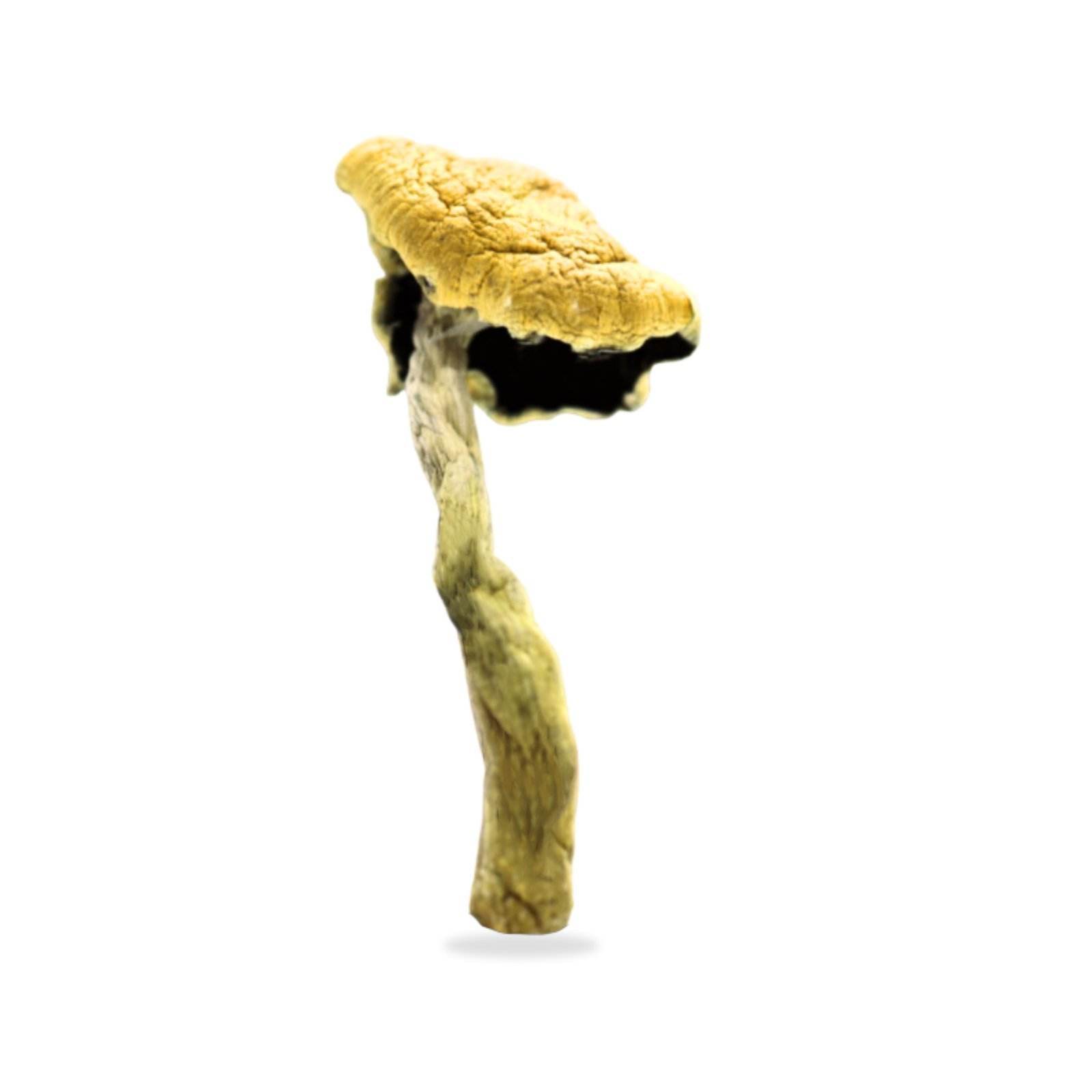





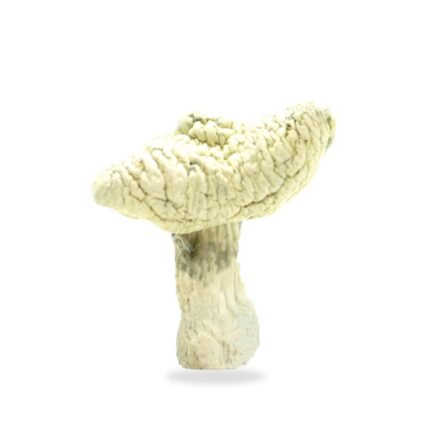
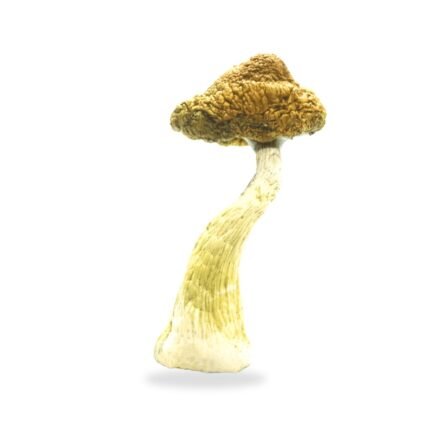
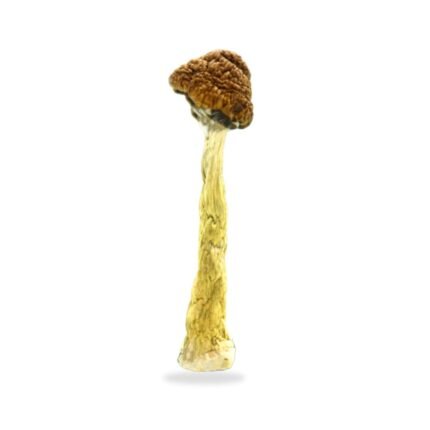
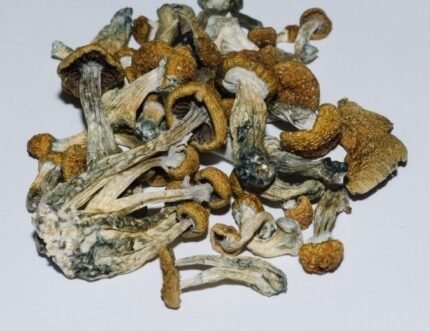


Reviews
There are no reviews yet.